
Remember your Roots - 2022+ Subaru VB WRX Performance Intake Kit R&D, Part 1 - Stock Review and Design Plans
The WRX will forever be an enthusiast car. While the initial reactions to the latest iteration of Subaru's sporty sedan we're as gleaming as they once were, the essence of what made this namesake legendary still lurks under the slick new styling, layers of tech, and plush comfort features. The turbocharged flat-four mated to a full-time AWD system that still powers the WRX today is why it rumbled its way into our hearts and many of our driveways. As this rally racing legend evolved into the VB platform, however, some of those rambunctious roots were forgotten along the way, but we hope to jog its memory.
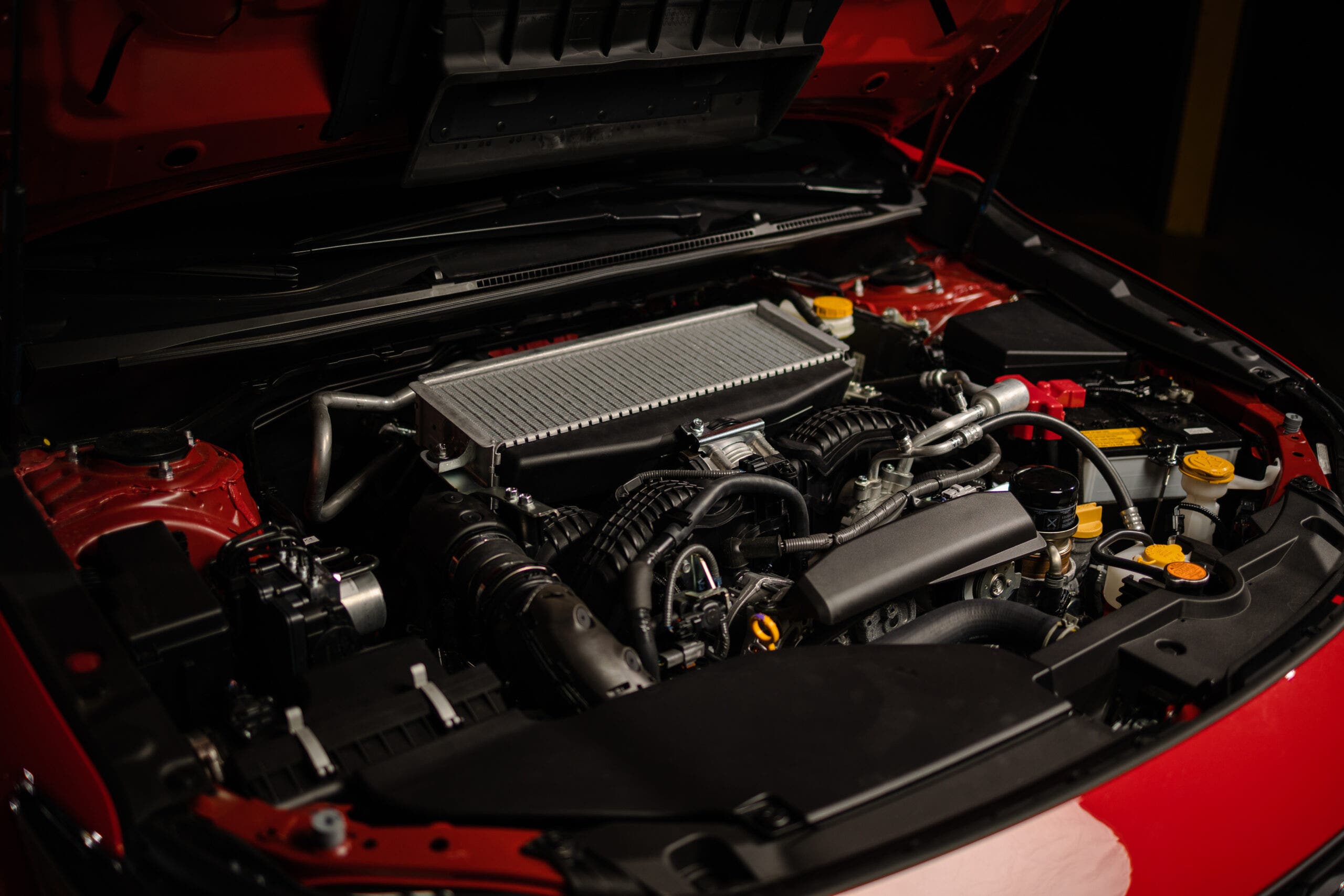
Some things never change. Like how Subaru hasn't strayed from its boxer engine layout since its introduction, we enthusiasts often start our automotive attitude adjustment with the intake. The WRX might be known for its characteristic rumble combined with hissing turbos, but this aural experience still needs to be coaxed out after the noise, vibration, and harshness department makes their improvements.

To make this vehicle approachable to a broader range of customers, Subaru needed to turn down the volume emitting from the FA24DIT, which turbo and air induction noise. The sound deadening starts with the intake's airbox. While Subaru opted to forego the resonant chamber found on other FA24DIT-equipped models, the induction sounds still have trouble penetrating through the dense panel filter, carbon traps, and thick plastic.
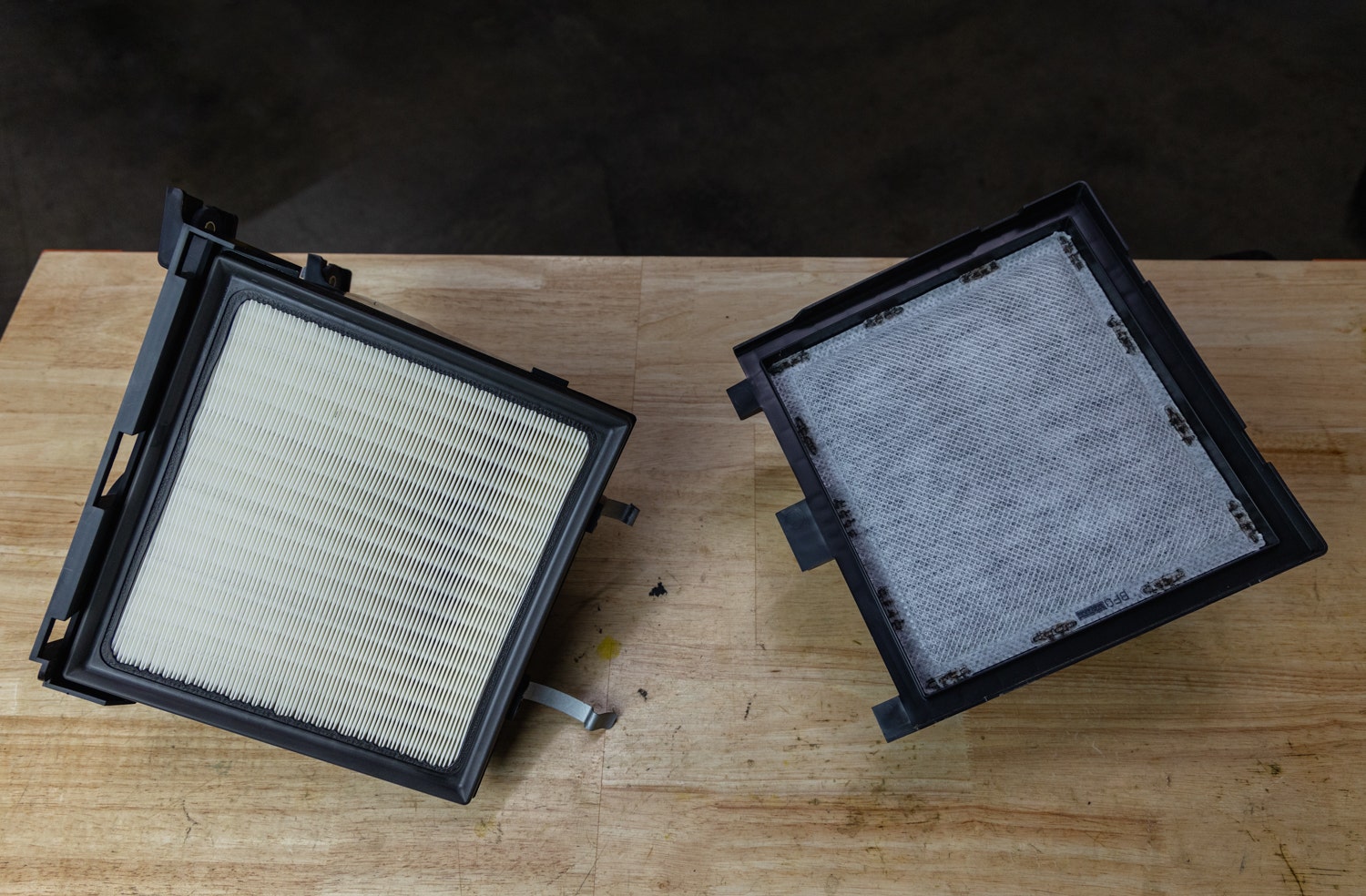
Improved sound isn't the only thing that we're after either. Intake kits are often a primary source of bolt-on power since they allow any engine to breathe deeper. While instant power increases vary from car to car, the intake is also a stepping stone when plotting performance tuning or big turbos. The main culprit for asphyxiating this boxer is the air filter. These flat panel filters are adequate for regular daily commuting and the occasional spirited drive, but the dense and directional flow pattern limits the air volume intake, especially as the boost increases. We have the perfect substitution for this filter that we'll get into a little further down since there's more of this intake system that's reducing the WRX's full potential.

The channel between the turbo and airbox is mainly comprised of a smooth injection-molded plastic that is ideal for flow. Still, that quality is quickly negated by other design features found on this induction pipe. For starters, this pipe has multiple sections of one of intake flow's worst enemies, the accordion-style flex hose. Providing some wiggle room to contend with constant vibrations is vital for the longevity of these components, but the ridged design of these sections, while inexpensive and easy to produce, provides the intake system with an uneven interior surface. This irregular shape of the induction system causes unwanted turbulence in the fresh air stream.
In addition to the turbulence generating flex joints, this inlet pipe also has a series of growths that could be pre-molded for other applications or serve as small resonance chambers to keep the rowdy turbo quiet. In either case, they're currently only performing the opposite of what we enthusiasts are after.

To jog the WRX's memory of its rally heritage, our intake wiz, Ye, has already been hard at work cooking up an intake that's sure to make this matured rally racer remember the days of its youth. This new intake design starts with the MAF, or mass airflow sensor. For those unfamiliar with this sensor's purpose, make sure you head to our in-depth tech post outlining the differences in engine tuning. But since we're on a roll here, the abridged version is that the MAF sensor is the eyes and ears for the ECU's fueling tune. This sensor monitors the volume and temperature of the air entering the engine, which is then used to inject the proper amount of fuel into the cylinders. The tricky bit is that these sensors are calibrated to a specifically sized housing, which aids in calculating airflow. Unfortunately, this also means that the housing typically ends up being a choke point for the rest of the system.
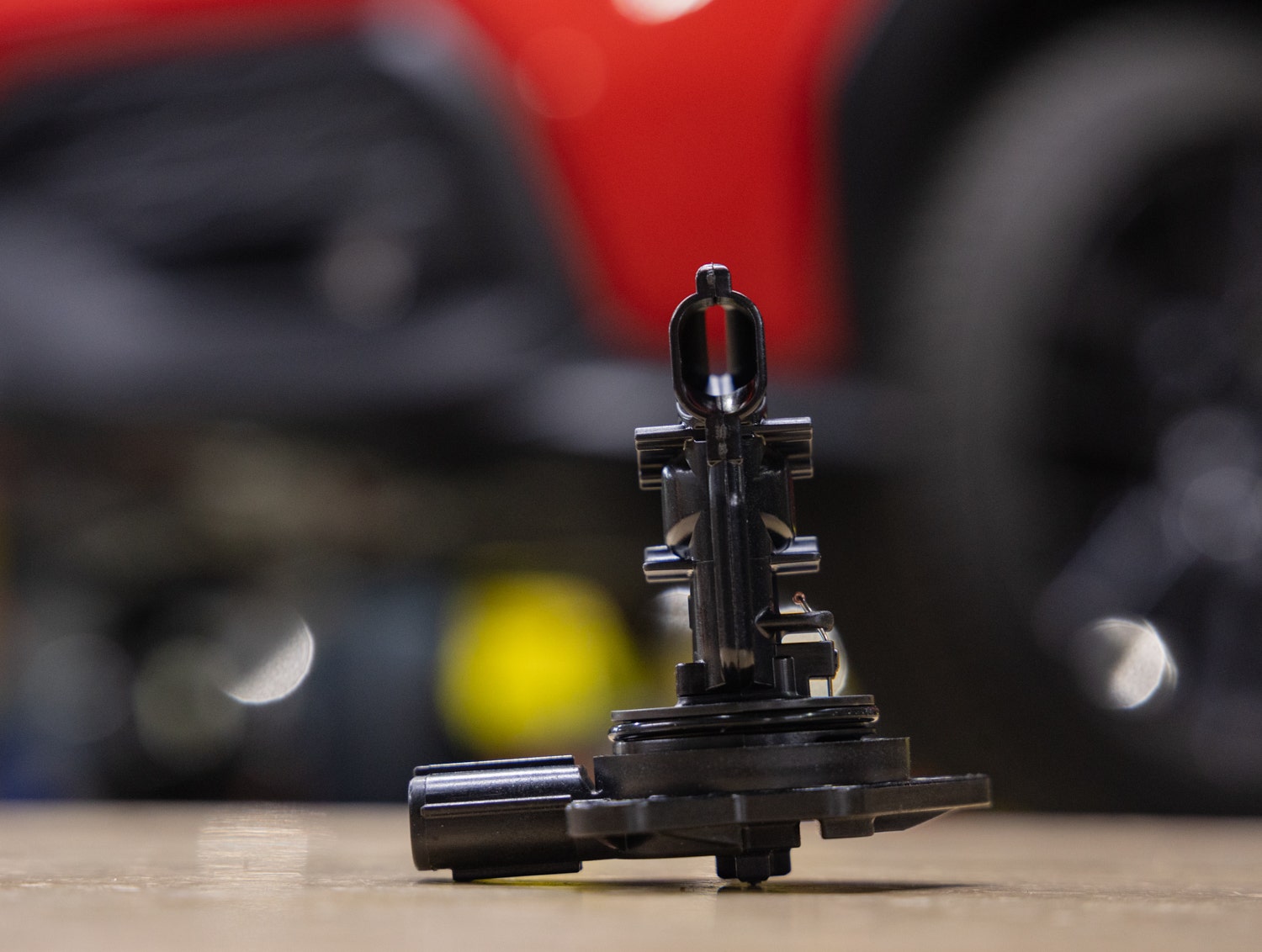
Adjusting the MAF housing is the key to extracting more power from this tuning method, but it's a delicate balancing act. Adjusting the diameter of the MAF housing in either direction will skew the long and short-term fuel trims, leading to poor performance or an unwanted check engine light without performance tuning. Since we're aiming to avoid diminishing the WRX's performance on the stock tuning, we're limited on MAF housing adjustments. Luckily, we've seen this exact MAF sensor before while developing our intake kit for the 10th generation Honda Accord 2.0T, so Ye knows how this sensor reacts to adjusted MAF housing sizes.

With MAF housing sizes in mind, Ye can now focus on the plan for the rest of our performance intake. To start, she uses our Faro Design ScanArm to generate a virtual workspace that provides her with a digital replica of the WRX's engine bay. Once in the modeling software, Ye determined that we'd also look back to your roots in designing the new airbox. For the optimal balance between heat protection and sound projection, we plan to utilize sheet metal for the new airbox, complete with a clear lid for easy filter inspection.
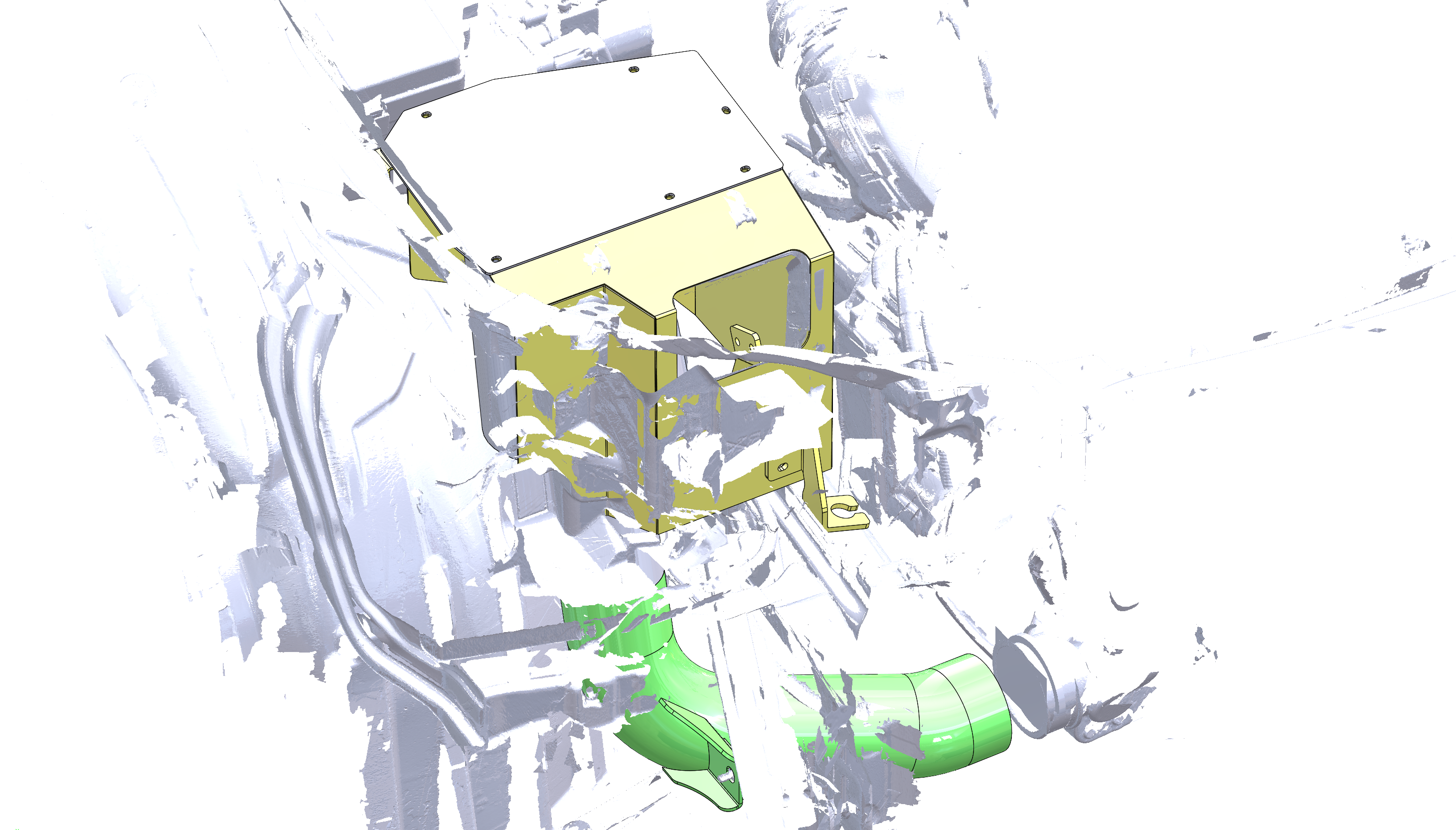
Speaking of filtration, we're also leaving the flat panel filter behind with our new design. Instead, we plan to open up the WRX's airways with one of our oiled performance cone filters. By using a cone filter, we're phasing out the need for a directional path through the WRX's airbox, which allows for increased air volume. The cone shape also increases the general surface area over the flat panel element, allowing the WRX's turbo to gulp down even more air.

Ye plans to smooth things over on the other side of the MAF housing. The plastic and rubber OEM inlet pipe will be swapped out for a solid mandrel-bent aluminum pipe. The new construction provides a slick interior surface optimal for airflow to the engine while acting as an amplifier for this singing snail.
To secure this air channel, we plan to couple each component using our signature multilayer silicone couplers. These couplers are plenty capable of standing up to the harsh environment under the hood while still providing the necessary wiggle room to compensate for engine vibrations.
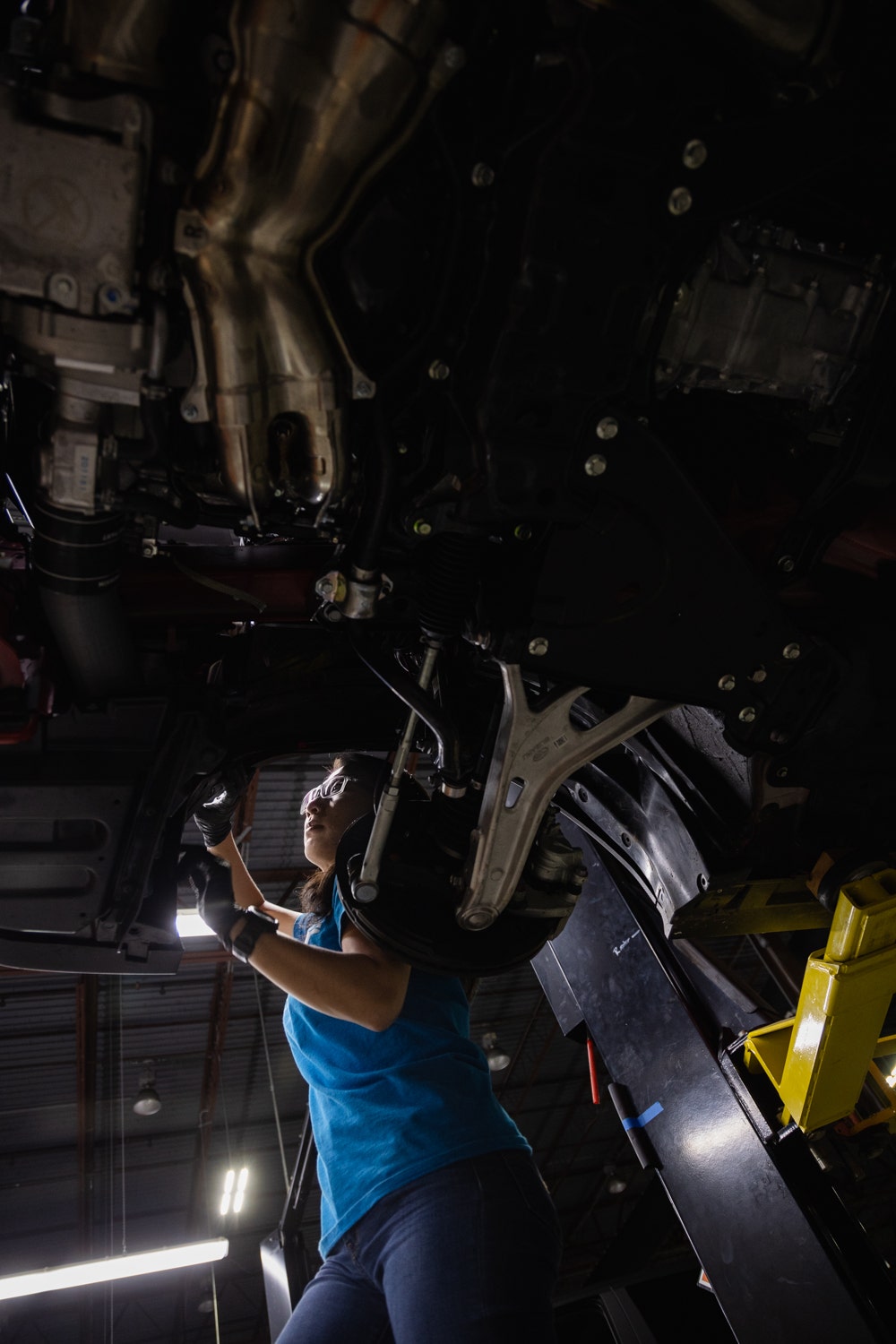
As the WRX evolved over the generations, the sporty sedan that liked to play in the dirt, cleaned up, grew up and became a much more sophisticated roadgoing machine more "inspired" by its rally roots than ready to live them. The foundation of this inspiration is what still powers the WRX, so coaxing out the "old" WRX doesn't take much pressure. Make sure to stay tuned for the first look at our working prototype coming up in our next post.
Thanks for Reading!
-Nick




